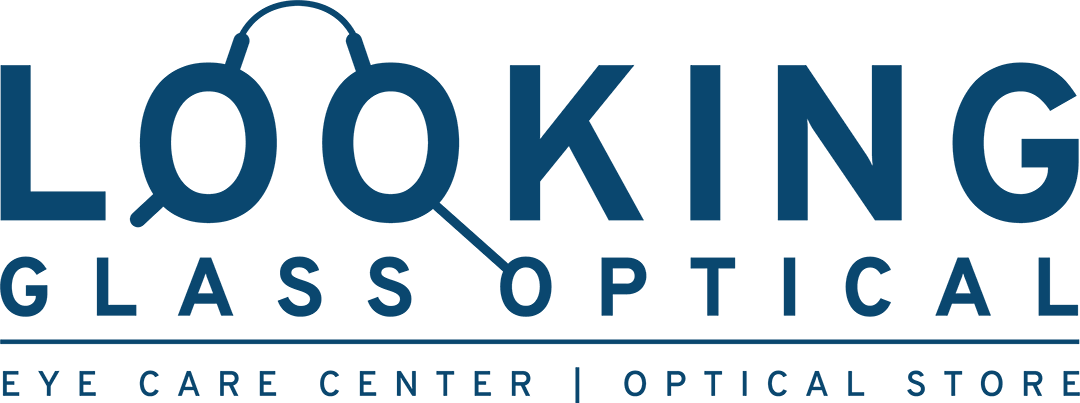How to Navigate Age-Related Vision Changes
Aging is a privilege that brings about a multitude of life experiences. As time marches on, our bodies undergo natural transformations, and one area where these changes are often most noticeable is in our vision. Growing older brings about a range of age-related vision changes that can affect how we see the world around us. These changes are a normal part of life, but understanding them and knowing how to navigate them is essential for maintaining not only the clarity of sight but also the overall quality of life.
In this blog, we will explore the various age-related vision changes that individuals may encounter and provide valuable insights and strategies for navigating this vision evolution with grace and confidence. Whether you’re experiencing these changes yourself or caring for a loved one who is, this guide aims to shed light on the path ahead.
Common Age-Related Vision Changes
As we embrace the privilege of aging, it’s essential to recognize that age-related vision changes are a natural part of the process. While these changes can vary from person to person, several common vision issues tend to arise as we get older. Let’s take a closer look at these typical age-related vision changes:
- Presbyopia: Often referred to as “aging eyes,” presbyopia is a condition that affects our ability to focus on close objects. It usually becomes noticeable around the age of 40 and progresses over time. Individuals with presbyopia may find it challenging to read fine print, work on handheld devices, or perform tasks that require near vision without the aid of reading glasses or bifocals.
- Cataracts: Cataracts are a common age-related vision change. They occur when the eye’s natural lens becomes cloudy, causing blurred or dimmed vision. Cataracts can progress slowly and often require surgical removal to restore clear vision.
- Glaucoma: Glaucoma is a group of eye conditions that can lead to optic nerve damage and vision loss. The risk of developing glaucoma increases with age, and it often progresses without noticeable symptoms in its early stages.
- Age-Related Macular Degeneration (AMD): AMD is a leading cause of vision loss in older adults. It affects the macula, the central part of the retina responsible for sharp, central vision. As AMD progresses, it can result in a gradual loss of central vision, impacting tasks like reading, driving, and recognizing faces.
- Dry Eyes: Dry eye syndrome becomes more prevalent with age. It occurs when the eyes do not produce enough tears or the tears evaporate too quickly, leading to discomfort, redness, and a gritty sensation in the eyes.
Understanding these common age-related vision changes is the first step in proactively managing your eye health.
Preventative Eye Health Measures
While age-related vision changes are a natural part of getting older, there are several preventative measures you can take to promote eye health and potentially slow down the progression of certain conditions. Here are some key strategies to consider:
- Regular Eye Exams: Routine eye examinations are essential for early detection and management of age-related vision changes. Your eye care professional can monitor your eye health, prescribe treatments, and identify early issues before they become serious.
- Maintain a Healthy Lifestyle: A balanced diet rich in antioxidants, vitamins, and minerals can support eye health. Also, regular physical activity can promote circulation and overall well-being, which can positively influence eye health.
- Protect Your Eyes: Shield your eyes from harmful ultraviolet (UV) rays by wearing sunglasses with UV protection when outdoors. Safety eyewear should be used when engaging in activities with potential eye hazards. This can include hobbies like woodworking and sports.
- Quit Smoking: Smoking is a significant risk factor for several eye conditions, including cataracts and AMD. Quitting smoking can reduce your risk and improve overall eye health.
- Manage Chronic Health Conditions: Conditions like diabetes and hypertension can impact eye health. Properly manage chronic health conditions with the guidance of your healthcare provider to reduce the risk of associated eye problems.
- Limit Screen Time: Prolonged screen time, especially on digital devices, can contribute to digital eye strain. Follow the 20-20-20 rule: every 20 minutes, take a 20-second break to look at something 20 feet away.
By incorporating these preventative measures into your lifestyle, you can help maintain your eye health. Remember that aging is a privilege, and taking care of your eyes ensures you can continue to appreciate life’s beauty and wonder at every stage.
Let Us Help Your Eye’s Age Gracefully
Age-related vision changes are a natural part of getting older, but you can take proactive steps to preserve your eye health. Regular eye exams are crucial for early detection and management of these changes. Your eye care professional can monitor your eye health, prescribe corrective lenses or treatments, and identify potential issues before they become serious. Don’t wait—schedule an appointment with Looking Glass Optical to ensure your eyes receive the care they deserve. Your vision matters, and seeing your eye doctor is a vital step in maintaining it.
